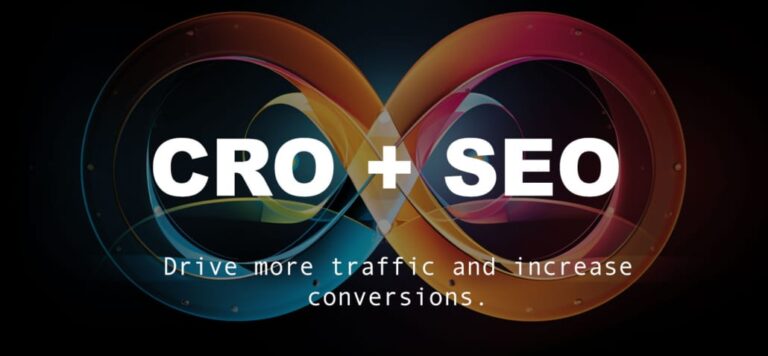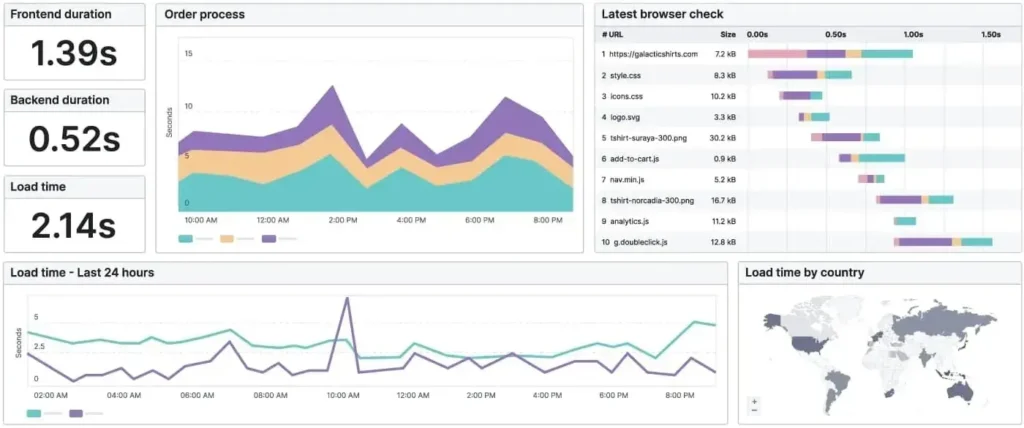When I first started working with a portfolio of e-commerce and service brands, one pattern stood out immediately: most of them weren’t struggling with awareness — they were struggling with conversion. The websites were getting visitors, but too many people were dropping off before completing a purchase. That drop-off wasn’t random; it was baked into the way these websites were structured. Outdated SEO, painfully slow load times, and checkout experiences that felt more like obstacles than pathways were costing real money every single day.
Brands like Shoreditch Print, ErugsDirect, and Webuyanyelectronics all had loyal audiences and competitive products. Yet, their digital foundations were holding them back. It wasn’t just about missing rankings on Google; it was about broken funnels, cart abandonment, and a complete lack of insight into how users were actually behaving on-site. That’s where I stepped in, with a strategy built around one principle: don’t chase more traffic until you can convert the traffic you already have.
Building the Strategy
The first phase was diagnosis. I ran deep SEO audits across the sites using SEMrush and Google Search Console. These revealed hundreds of issues: duplicate metadata, thin content on important product pages, broken internal linking, and wasted crawl budget on irrelevant URLs. At the same time, I conducted behavioural analysis with Hotjar, layering heatmaps and session recordings over analytics data. Watching users abandon a checkout halfway through because of unclear form fields or slow-loading scripts told me more than any spreadsheet ever could.
With the insights in place, I moved to execution.
-
On the SEO front, we restructured entire websites around clusters of high-intent keywords. For Shoreditch Print, that meant leaning into terms like “same-day printing London” and “business cards next day delivery” — search terms people typed when they were ready to buy. For ErugsDirect, the focus shifted to long-tail rug categories and “buy rugs online UK” queries that connected directly with their product catalog.
-
Technically, I worked with developers to overhaul Core Web Vitals. That meant lazy loading, CDN integration, script minification, and compressing bloated images. Load times dropped dramatically, moving sites from sluggish 55/100 scores to consistently hitting the 90s. The impact of this went beyond user experience — it gave us a direct ranking lift on Google.
-
On the CRO side, I redesigned entire funnels. Checkouts were stripped of unnecessary fields, one-click payment integrations were added, and clear progress bars showed customers exactly where they were in the process. Trust signals, reviews, and transparent delivery information were strategically positioned at key drop-off points. Every change was A/B tested, so nothing went live without proof it was an improvement.
It was never about a flashy redesign. It was about quiet, data-driven optimisations that compounded over time.
The Results in Action
The numbers told the story.
For Shoreditch Print, organic traffic surged by 30%, but more importantly, conversions grew by 20% after the checkout redesign. That single shift translated into an additional £85k in annual revenue.
For ErugsDirect, SEO restructuring paid off even faster. Organic sessions climbed by 40%, cart abandonment fell by 15%, and the business unlocked over £120k in extra sales.
For Webuyanyelectronics, which had been struggling to turn traffic into leads, the improvements were even more stark. By targeting transactional keywords and introducing CRO-tested CTAs, organic traffic rose by 25% and conversions jumped 18%. That added roughly £65k in yearly revenue.
What mattered most was that these weren’t isolated spikes. These gains sustained and compounded. Because the SEO fixes improved visibility while the CRO improvements fixed conversion leaks, every campaign the brands ran afterward — whether ads, email, or partnerships — performed better simply because the foundation was stronger.
Why It Worked
The secret wasn’t a “growth hack.” It was a process. Start with the data, watch how users behave, run the experiments, and only scale what’s proven to work. Too many brands pour money into ads or churn out content without fixing the bottlenecks in their funnel. By taking a step back and looking at the entire journey — from the first search to the final checkout click — we created systems that worked across multiple brands, in different industries, with different customers.
And the results validated the approach:
-
Organic growth sustained at +30–40%.
-
Conversions improved by 18–25%.
-
Six-figure annual revenue impact across the portfolio.
Every number was backed by evidence: GA dashboards showing before-and-after traffic lifts, SEMrush keyword charts climbing up the SERPs, Hotjar heatmaps documenting drop-off fixes, and A/B test reports proving uplift percentages.
The Bigger Picture
For me, the real achievement wasn’t just hitting those numbers. It was building confidence into these businesses. Suddenly, they weren’t guessing. They weren’t relying on hunches. They had a system of continuous optimisation, where every insight fed the next iteration.
That’s what SEO and CRO should be. Not a one-time fix, not a redesign for the sake of appearances — but a living, evolving process that makes every part of the digital experience more effective.
Across Shoreditch Print, ErugsDirect, and Webuyanyelectronics, we didn’t just grow traffic or conversions. We proved that evidence-driven optimisation creates sustainable growth, brand credibility, and long-term commercial impact.








